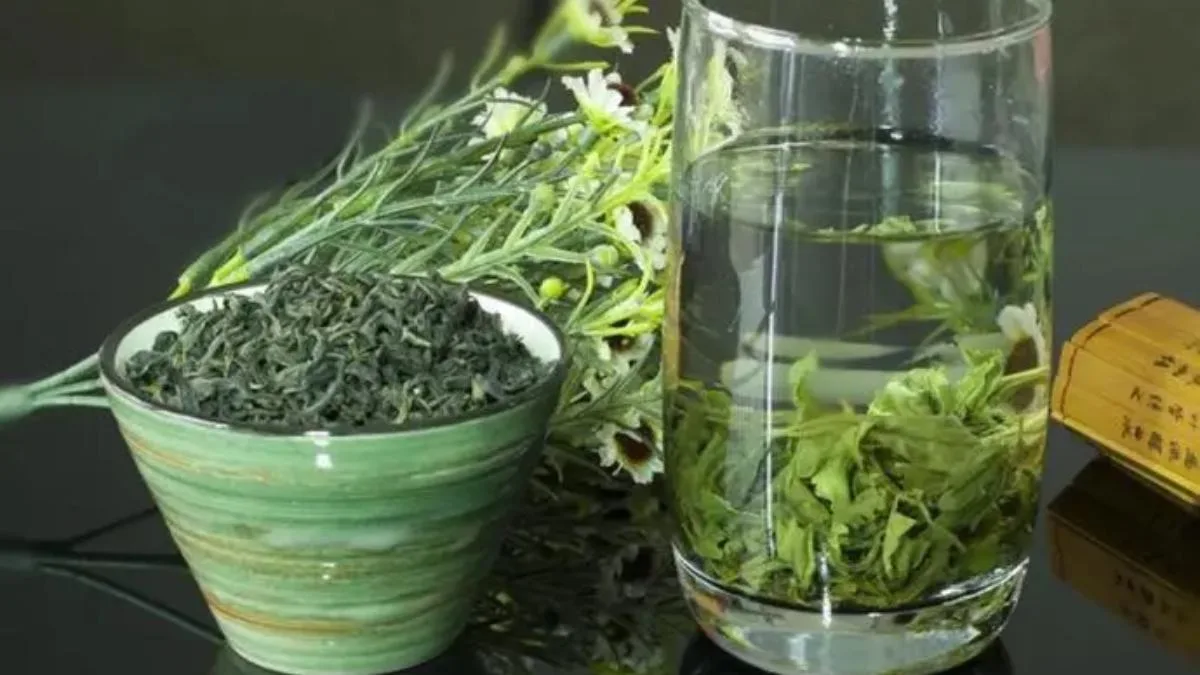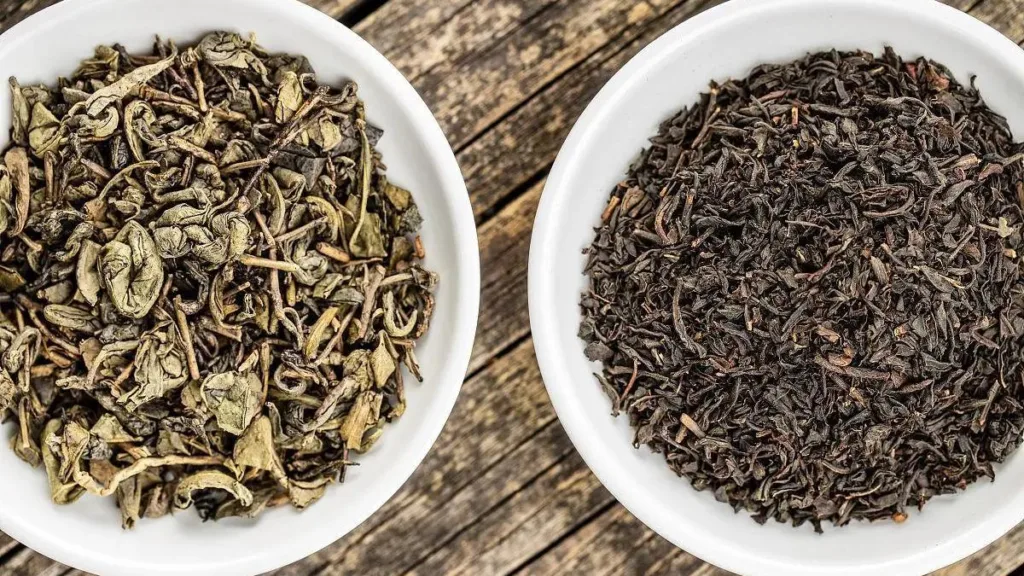China, known as the birthplace of tea, boasts a diverse array of tea varieties. Among these, the six major types of Chinese tea – green tea, white tea, yellow tea, oolong tea, black tea, and dark tea – are widely recognized, each carrying unique characteristics and flavors that represent the rich tapestry of Chinese tea culture. In this article, we delve into the six most consumed types of tea in China, exploring their characteristics, histories, and the enchanting allure of Chinese tea culture.
1. Green Tea: Green tea stands as one of the most common and beloved tea types in China, celebrated for its refreshing aroma and mild flavor. The production process involves plucking, fixing, rolling, and drying. Rich in antioxidants, green tea is known to invigorate the mind, lower cholesterol, and boost metabolism.
2. White Tea: White tea, characterized by its gentle and fragrant nature, is renowned for its tender leaves and silver-white tea buds. The production process is relatively simple, involving plucking, withering, and packaging. Packed with various vitamins and antioxidants, white tea contributes to skin protection, immune system enhancement, and digestive promotion.
3. Yellow Tea: Yellow tea, a distinctive Chinese tea type, is renowned for its yellow-green infusion and unique aroma. The production process is relatively complex, involving fixing, rolling, fermentation, and drying. Yellow tea offers a mild taste and floral-fruity aroma, believed to aid in detoxification, digestion, and mental alertness.
4. Oolong Tea: Oolong tea, falling between green and black tea, boasts a unique crispness and fresh aroma. The production process includes plucking, fixing, rolling, fermentation, and drying. Rich in beneficial substances such as tea polyphenols and caffeine, oolong tea is associated with mental alertness, digestion support, and cholesterol reduction.
5. Black Tea: Black tea ranks among the most popular teas in China and is one of the most widely consumed globally. The production process involves plucking, withering, rolling, fermentation, and drying. With its robust taste and unique aroma, black tea is often enjoyed during breakfast or afternoon tea. It contains tea polyphenols and caffeine, contributing to mental alertness, digestion, and immune system enhancement.
6. Dark Tea: Dark tea undergoes fermentation and aging, featuring a unique aged fragrance and mellow taste. The production process includes plucking, fixing, rolling, piling, and drying. Recognized for its distinct aged aroma and rich flavor, dark tea is believed to aid digestion, reduce fat, and promote overall digestive health.
China’s six major tea types represent treasures within Chinese tea culture, boasting a long history, unique flavors, and health benefits. Whether you’re a tea enthusiast or simply curious about tea culture, each of these six tea types is worth exploring and savoring. Let’s step into the world of Chinese tea, experiencing the aroma of tea leaves and the enchanting allure of its culture.



